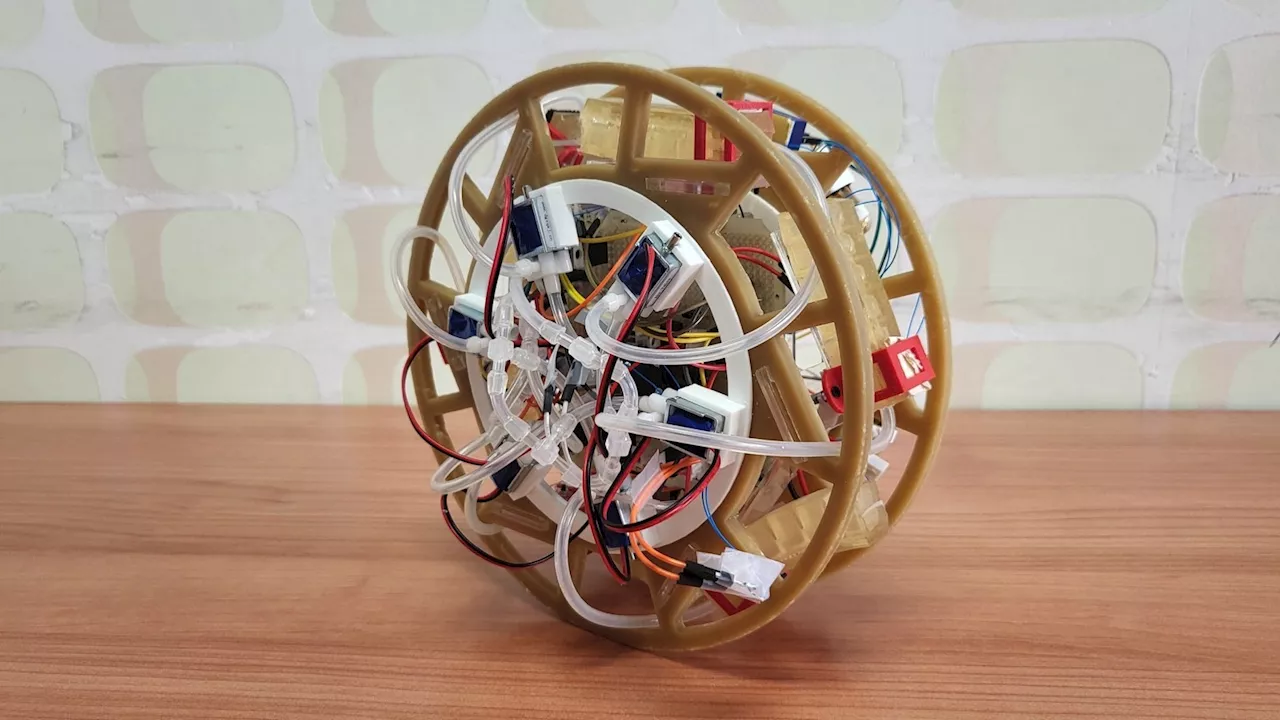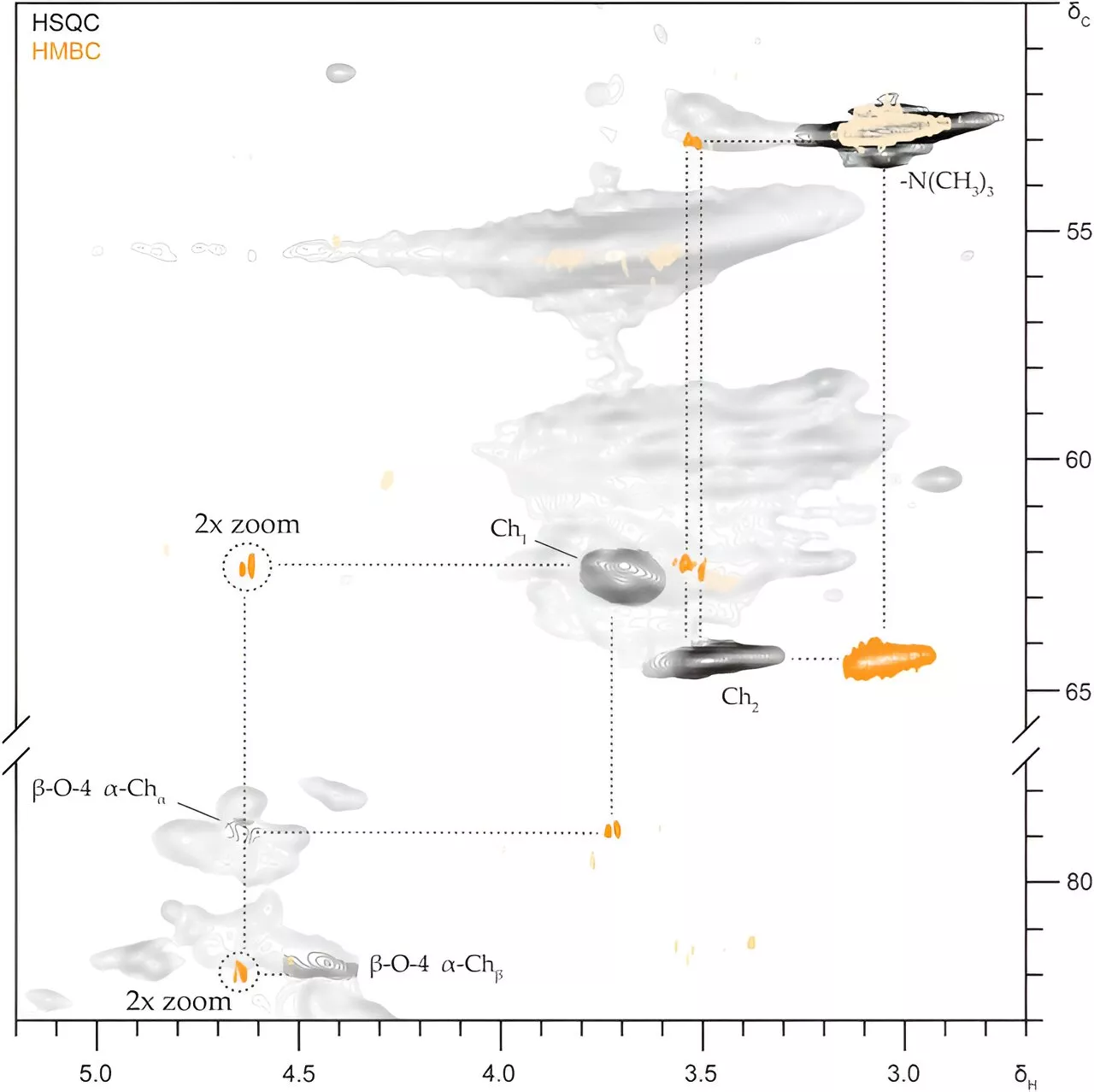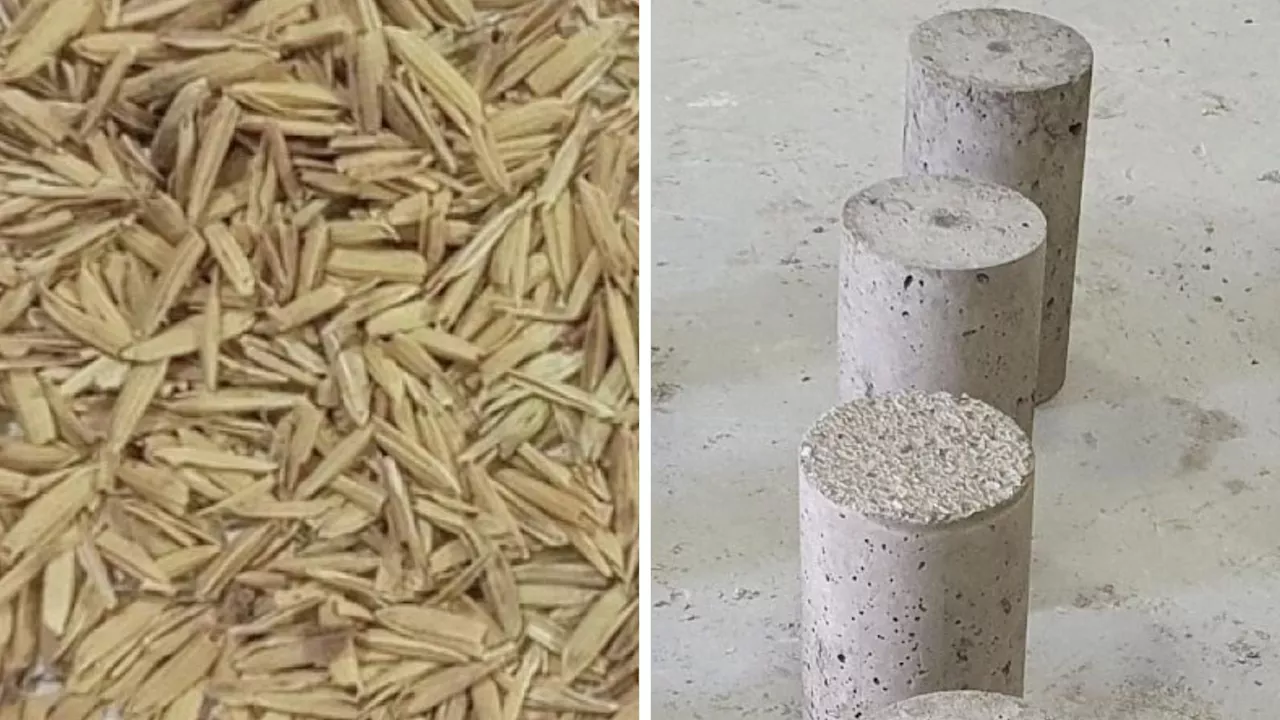Researchers from ten universities use AI to test rice husk ash as a sustainable cement alternative, aiming to cut costs and emissions.
The study used AI to develop predictive models for RHA concrete strength, offering a faster, cost-effective alternative to traditional methods.Researchers are looking at utilizing rice husk ash as a partial substitute for cement in the construction industry, aiming to find eco-friendly alternatives to traditional cement.
In order to develop prediction models for the compressive strength of rice husk ash concrete, the study used machine learning approaches. Compared to traditional approaches, which are frequently costly and time-consuming, this strategy is more successful and economical. Taking into consideration cement’s binding properties, the US Geological Survey estimates that 4 billion tons of cement are produced annually worldwide, accounting for 7 percent of all CO2 emissions. More precisely, for every ton of cement produced, 0.9 tons of CO2 are released into the atmosphere.
The team claims the study offers insightful information to academics and builders, assisting them in estimating the compressive strength of RHA concrete.
Concrete Construction Global Warming Sustainable
United States Latest News, United States Headlines
Similar News:You can also read news stories similar to this one that we have collected from other news sources.
 Devil Wears Prada sequel to explore the desiccated husk of modern journalismAfter nearly 20 years, Miranda Priestly is pivoting to video
Devil Wears Prada sequel to explore the desiccated husk of modern journalismAfter nearly 20 years, Miranda Priestly is pivoting to video
Read more »
 Researchers engineer AI path to prevent power outagesResearchers developed an artificial intelligence (AI) model that could help electrical grids prevent power outages by automatically rerouting electricity in milliseconds.
Researchers engineer AI path to prevent power outagesResearchers developed an artificial intelligence (AI) model that could help electrical grids prevent power outages by automatically rerouting electricity in milliseconds.
Read more »
 Researchers built AI models that use less power than a light bulbRecent research out of UC Santa Cruz shows that modern LLMs running billions of parameters can operate on just 13 watts of power without a loss in performance.
Researchers built AI models that use less power than a light bulbRecent research out of UC Santa Cruz shows that modern LLMs running billions of parameters can operate on just 13 watts of power without a loss in performance.
Read more »
 Researchers made a battery you can eat that will power an edible robotResearchers from the RoboFood project made a battery you can eat that will someday power an edible robot - here’s why we want them.
Researchers made a battery you can eat that will power an edible robotResearchers from the RoboFood project made a battery you can eat that will someday power an edible robot - here’s why we want them.
Read more »
 High-Frequency, Low-Power: Researchers Develop Switch To Revolutionize 6G CommunicationsScience, Space and Technology News 2024
High-Frequency, Low-Power: Researchers Develop Switch To Revolutionize 6G CommunicationsScience, Space and Technology News 2024
Read more »
 Researchers create green solvent to boost lignin applicationsLignin, the glue that holds fibers together in trees and plants, is one of the most common yet one of the most complex biocomposites, because there are so many variants and qualities. Its heterogeneous chemical structure makes it difficult to investigate its exact composition.
Researchers create green solvent to boost lignin applicationsLignin, the glue that holds fibers together in trees and plants, is one of the most common yet one of the most complex biocomposites, because there are so many variants and qualities. Its heterogeneous chemical structure makes it difficult to investigate its exact composition.
Read more »
